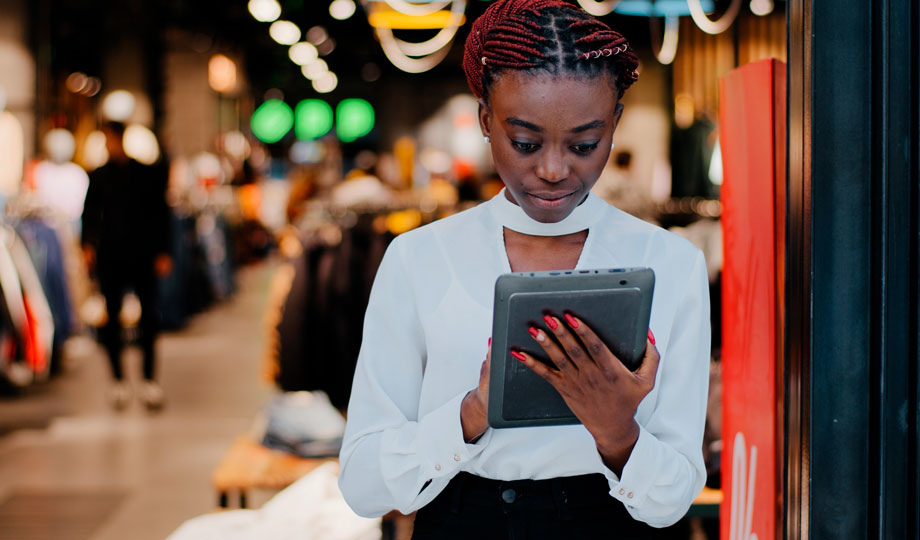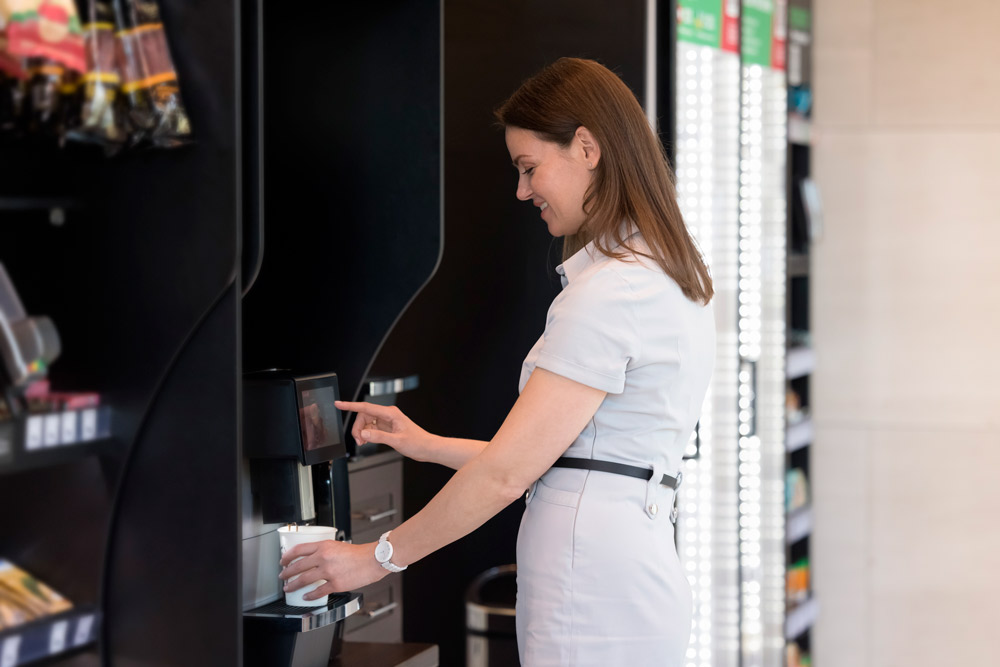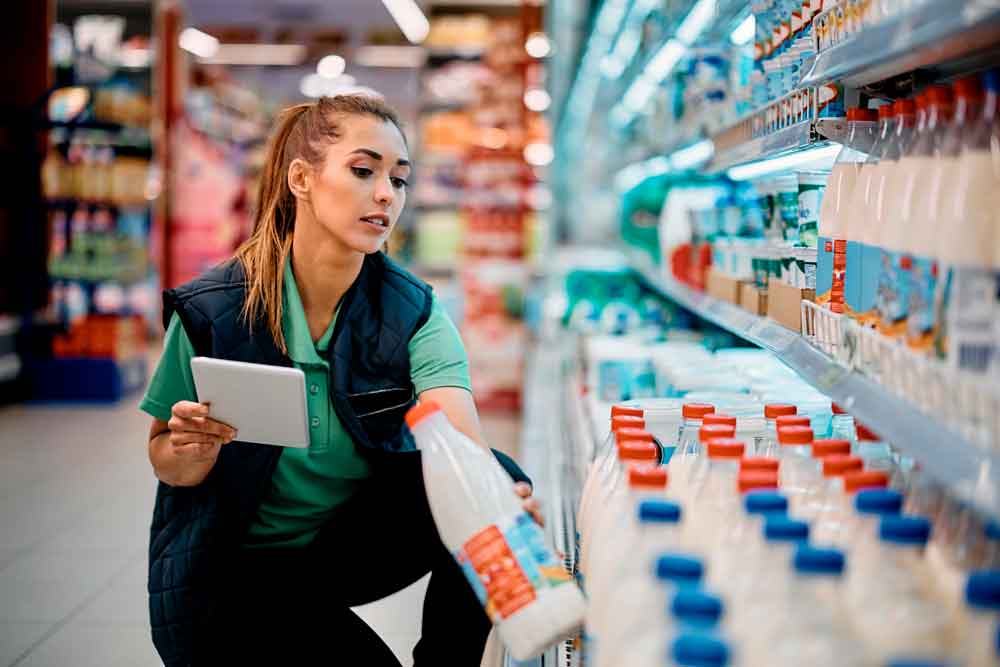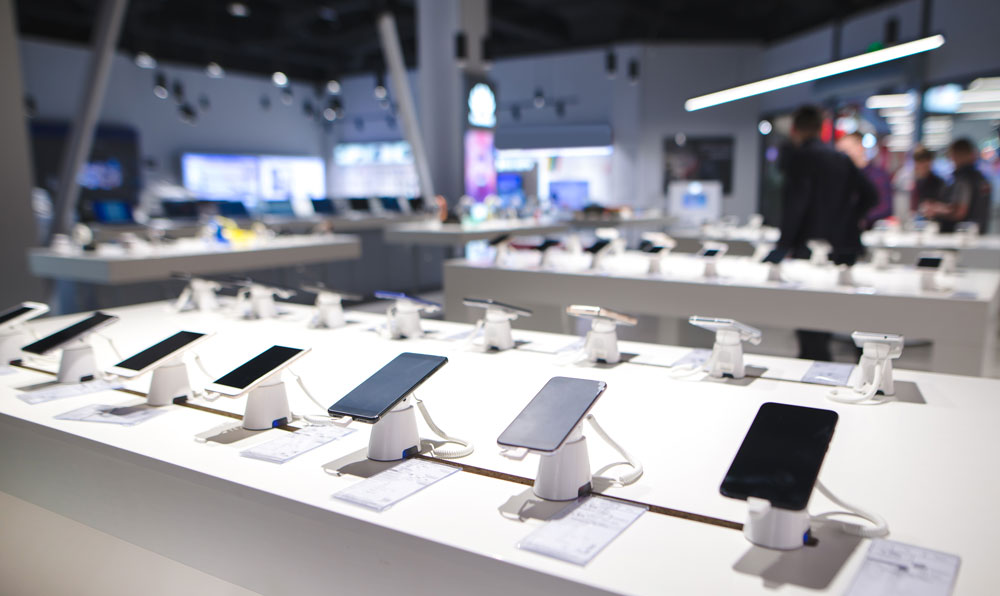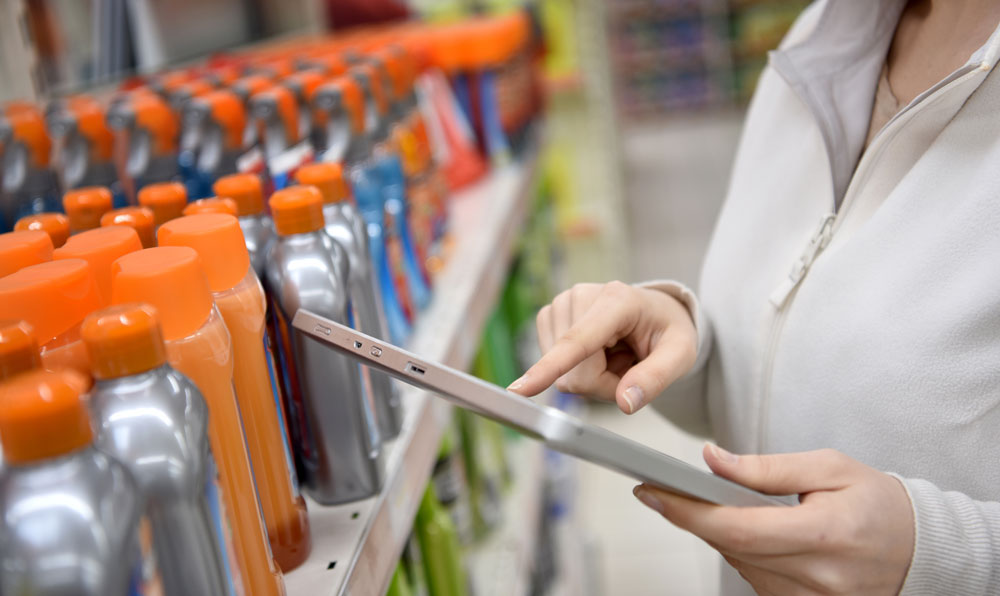While technology has become present in many areas of daily life, the Covid-19 pandemic has accelerated the digitization process, breaking paradigms and pushing for change within organizations. For retail, adopting new technologies has become essential to address changes in consumer buying behavior and expectations. These challenges present the duality of adapting and becoming leaders or falling behind by failing to identify opportunities to evolve to a new normal.
As usual, to gain a competitive advantage, the first step is to identify the challenges posed by the market to gain insights and translate a potential crisis into an opportunity. Retailers who are able to respond appropriately to these 3 challenges will be the winners.
Omnichannel experience
During the pandemic, retail experienced moments of high uncertainty where e-commerce gained strength, growing 2 to 5 times faster than before the pandemic, according to McKinsey. Today, consumers already accustomed to online commerce want to return to physical stores and bring new expectations. According to David Lancefield, Director Software Solutions EMEA at Zebra Technologies, “The pandemic drove consumers away from physical stores and drove a multitude of omnichannel services, such as in-store pickup, online returns, and in-store packaging and shipping. Thus, physical stores face the challenge of fulfilling online purchase deliveries and in-store pickup (or click & collect). This service is here to stay, and in-store staff is feeling the pressure to satisfy the customer experience remotely, adding new functions and tasks to their daily work. Retailers must be able to create efficient processes and deliver the right tools to support their teams in meeting their objectives.
In-store execution
Omni-channel brings with it a second challenge at the in-store execution level. Now that consumers are connected with the online experience, they can quickly access product information, pricing, and promotions. Today’s consumers expect consistency across all channels and touchpoints, especially pricing and promotions. However, studies show that 60% of promotional displays are not executed correctly at the point of sale, affecting the customer experience. To improve the performance of merchandising implementations, store personnel must have all the relevant information at their fingertips, with clear and precise instructions that provide the basis for perfect execution. In our experience, achieving the correct in-store execution, complying with visual merchandising guidelines, and the right stocks can increase sales by 3.8%.
Store staffing
The great resignation has been a complex issue to handle in general, but the retail world has been strongly affected, with a staff turnover rate close to 70%. This brings three challenges: attracting talent, retaining it, and getting the job done with efficient use of resources. The new normality brings with it changes in the paradigm of the working world, where it is now necessary to adapt the means of communication and technology, so that store personnel feel a real connection with their work and have the tools to carry out their daily tasks. The challenge is optimizing and automating processes that simplify the work on the sales floor, freeing up time for high-value activities such as customer interaction.
The pandemic has accelerated digital transformation, especially in the way consumers shop. Technological developments accompany this evolution to streamline processes and support in-store staff in meeting these new challenges. It is now up to retailers to make strategic decisions regarding the technologies that will benefit them most in terms of efficiency, productivity, and customer experience.

